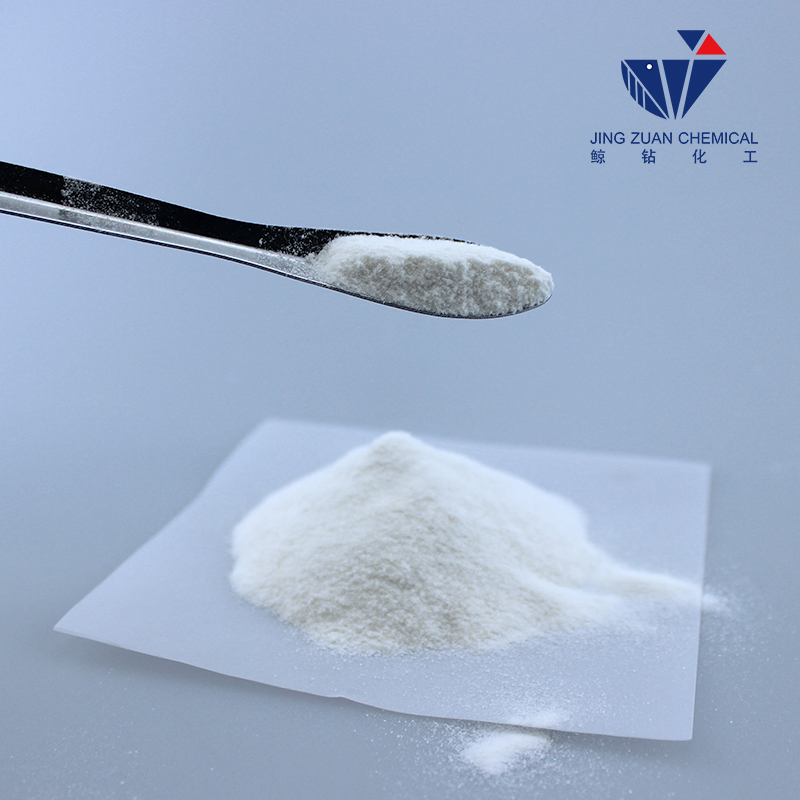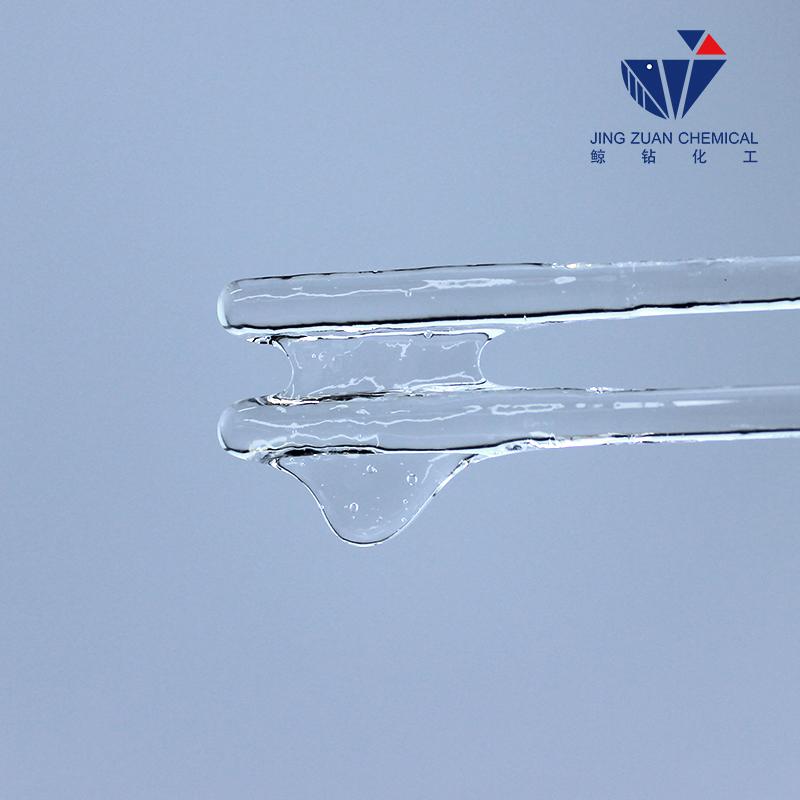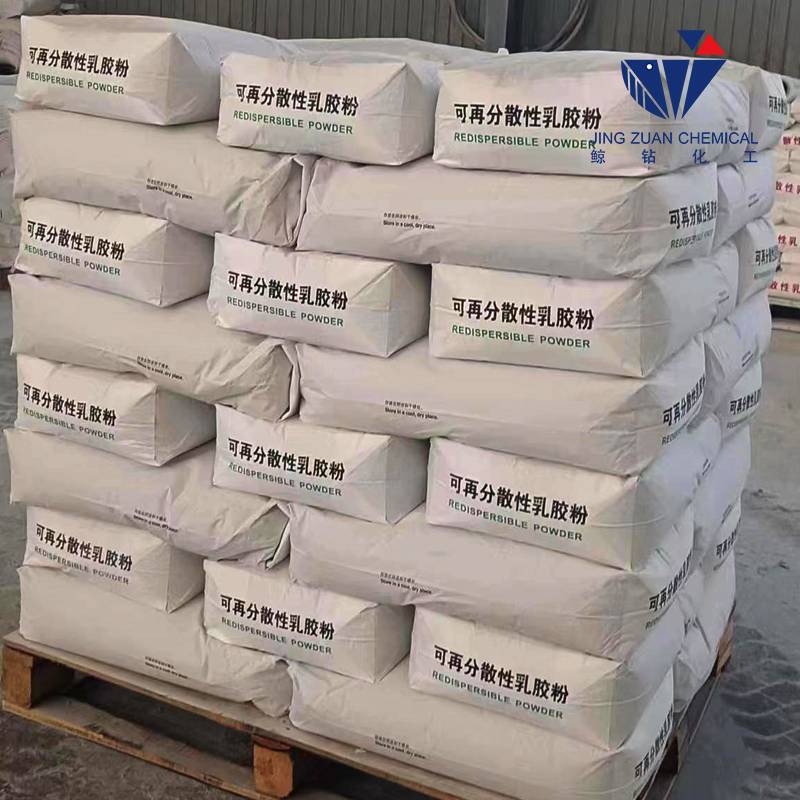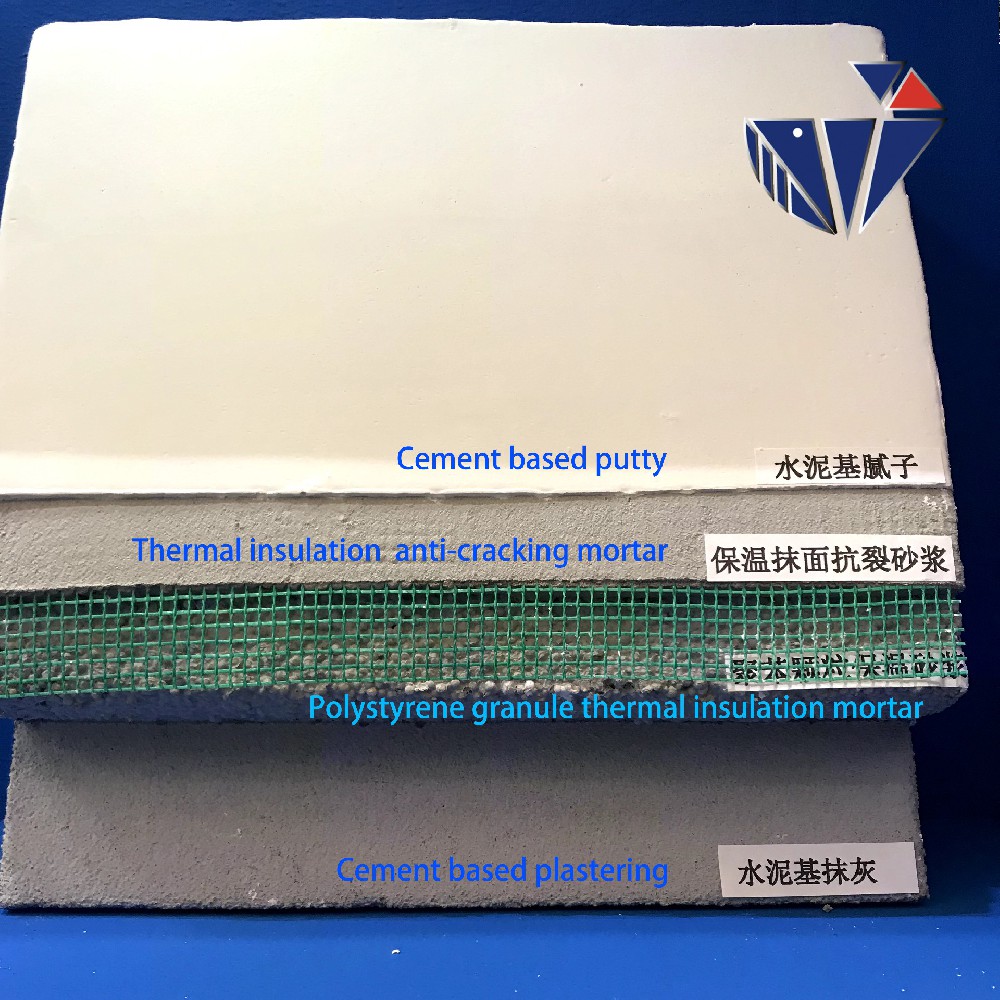
Οκτ . 19, 2024 13:06 Back to list
hydroxyethyl cellulose structure
Understanding the Structure and Applications of Hydroxyethyl Cellulose
Hydroxyethyl cellulose (HEC) is a water-soluble polymer derived from cellulose, one of the most abundant natural biopolymers. It is created by the etherification of cellulose, where ethylene oxide reacts with the hydroxyl groups of cellulose chains. The resulting structure gives HEC its unique properties, making it valuable in various industrial and commercial applications.
Structure of Hydroxyethyl Cellulose
The molecular structure of hydroxyethyl cellulose consists of long chains of glucose units, which are the building blocks of cellulose. Each glucose unit contains multiple hydroxyl (-OH) groups. During the etherification process, some of these hydroxyl groups are modified into hydroxyethyl groups (-OCH2CH2OH). The degree of substitution, which indicates the average number of hydroxyethyl groups attached to the glucose units, influences the solubility and viscosity of HEC. Typically, the degree of substitution for HEC ranges from 0.5 to 2.5, impacting its physical and chemical properties.
HEC’s water solubility is a critical characteristic, attributed to the presence of hydroxyethyl groups, which enhance the hydrophilicity of the cellulose backbone. This solubility allows HEC to dissolve in water to form a clear, viscous solution, making it ideal for various applications. Moreover, the viscosity of HEC can be controlled by altering the concentration of the solution and the degree of substitution.
Properties of Hydroxyethyl Cellulose
HEC possesses several significant properties that contribute to its wide usage across various fields
1. Thickening Agent HEC is widely used as a thickening agent in many formulations due to its ability to increase viscosity without significantly affecting other properties. This makes it ideal for applications in cosmetics, food, and pharmaceuticals.
3. Stabilizer and Suspender HEC acts as a stabilizer in emulsions, preventing the separation of oil and water phases. Its suspending properties help maintain the uniform distribution of solid particles in liquid formulations.
4. Controlled Release In the pharmaceutical field, HEC is used in drug delivery systems due to its ability to control the release of active ingredients over time, ensuring a sustained therapeutic effect.
hydroxyethyl cellulose structure
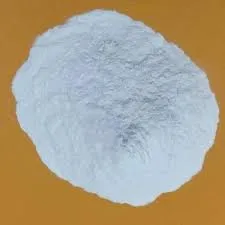
5. Biodegradability Being derived from natural cellulose, HEC is biodegradable, making it an environmentally friendly option compared to synthetic alternatives.
Applications of Hydroxyethyl Cellulose
HEC finds widespread application across various industries
- Cosmetics and Personal Care In this realm, HEC is used in lotions, creams, and shampoos to improve texture and stability while providing moisture retention.
- Food Industry It serves as a thickener and stabilizer in food products like sauces, dressings, and dairy items. Its ability to improve texture makes it a popular choice among food manufacturers.
- Pharmaceuticals HEC is used in many pharmaceutical formulations, including gels and ointments, where its thickening and stabilizing properties enhance the performance of the products.
- Construction Materials In construction, HEC is used to improve the workability and adhesion properties of cement and drywall compounds. It helps to enhance the mechanical strength of the materials.
- Paints and Coatings HEC functions as a thickener and stabilizer, ensuring a uniform viscosity for better application and finish in paints and coatings.
Conclusion
Hydroxyethyl cellulose is a versatile and essential compound with a unique structure that facilitates its extensive use across multiple industries. Its combination of thickening, stabilizing, film-forming, and biodegradable properties makes it a preferred choice in cosmetics, food, pharmaceuticals, construction, and coatings. As industries continue to advance, the demand for environmentally friendly and effective materials like HEC is expected to grow, confirming its relevance in both current and future applications. The study of HEC's structure and properties opens avenues for further innovation and development in various fields, demonstrating the importance of natural polymers in modern technology.
-
The Widespread Application of Redispersible Powder in Construction and Building Materials
NewsMay.16,2025
-
The Widespread Application of Hpmc in the Detergent Industry
NewsMay.16,2025
-
The Main Applications of Hydroxyethyl Cellulose in Paints and Coatings
NewsMay.16,2025
-
Mortar Bonding Agent: the Key to Enhancing the Adhesion Between New and Old Mortar Layers and Between Mortar and Different Substrates
NewsMay.16,2025
-
HPMC: Application as a thickener and excipient
NewsMay.16,2025
-
Hec Cellulose Cellulose: Multi functional dispersants and high-efficiency thickeners
NewsMay.16,2025

